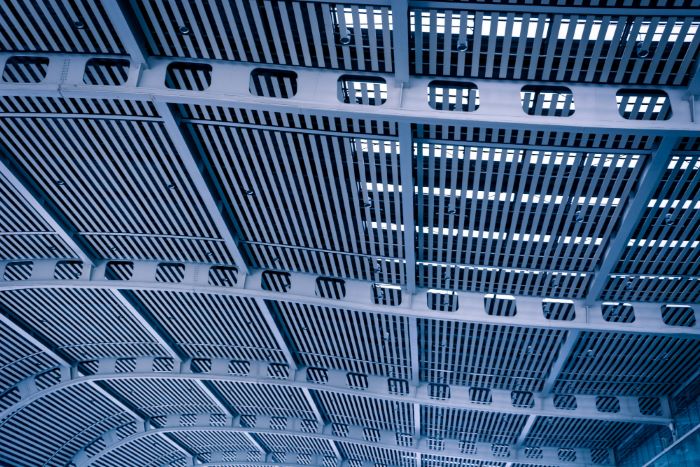In concert halls where many people spend time together at the same time, there is a great need for ventilation systems so that the audience can watch the show comfortably and comfortably. Not only the participants but also the performance of the musicians and the energy of the staff are affected by the conditions of the environment.

As ERF Group, we produce and offer innovative ventilation systems that will help meet your needs in closed areas where air flow is very important, such as concert halls. We produce solutions that will balance air inflow and outflow in closed environments such as temperature, humidity and particle filtering.
The risk of infection via aerosols is low in well-ventilated buildings. In performance venues such as concert halls, it is important to maximize the amount of fresh air while taking thermal comfort into account.
Concert halls with poor ventilation systems have areas where the risk of airborne pathogens accumulating may be higher. Ventilation systems in such areas need to be rechecked and redesigned with effective ventilation practices.
Theatre halls, performance halls, conference halls, concert halls and live music halls are composed of different independent units, although they are connected by doors and stairs. Providing good ventilation in one space does not guarantee that the other will have adequate ventilation. Therefore, each room – independent unit in the building – must be ventilated with due care.
The design and regulations of the existing building are important criteria in the application of ventilation systems in concert halls. In particular, 3 different types of structures can be mentioned. These are:
A suitable ventilation system is selected according to the design of such buildings. The ideal ventilation systems are as follows:
In these ventilation system applications that we mentioned, the air distribution strategy works in two different ways. The first is replacement ventilation, where fresh air is supplied from a low level and stale air is discharged from a high level, and the other is ventilation, where cold fresh air is supplied from a high level, mixes with the air in the relevant area while descending, and stale air is discharged from a high level.
Ventilation systems planned to be installed in venues such as concert halls should be designed to cope with maximum occupancy.
If the mechanism that ensures that the temperatures in the space remain within ideal limits has difficulty supplying fresh air, the ventilation rate may be higher. This is because the fresh air rates required for temperature regulation are usually higher than the minimum air rates in the facilities.
To fully enjoy a show or concert, the audience must be in ideal conditions for thermal and acoustic comfort while breathing fresh air. Ventilation systems must be constantly monitored according to criteria such as humidity, temperature and fresh air, and autonomous systems must be implemented.
In such large buildings, a large portion of the energy bill is made up of ventilation systems. To overcome the current challenges and reduce energy bills, the main approach should be to increase thermal efficiency while reducing operating costs.
There are some areas where the risk of airborne pathogens accumulating may be higher due to lower ventilation rates per person. In such areas it is necessary to consider whether ventilation systems are of a switching type and therefore the possibility of stratification occurring.
ERF Group, an expert in ventilation systems, manufactures systems that provide trouble-free ventilation for many years while maintaining optimum operating costs. Reducing environmental noise is a key element for high energy performance air conditioning units installed in multi-purpose halls. ERF Group meets the needs of its customers with ventilation systems specifically designed to meet these special acoustic requirements.